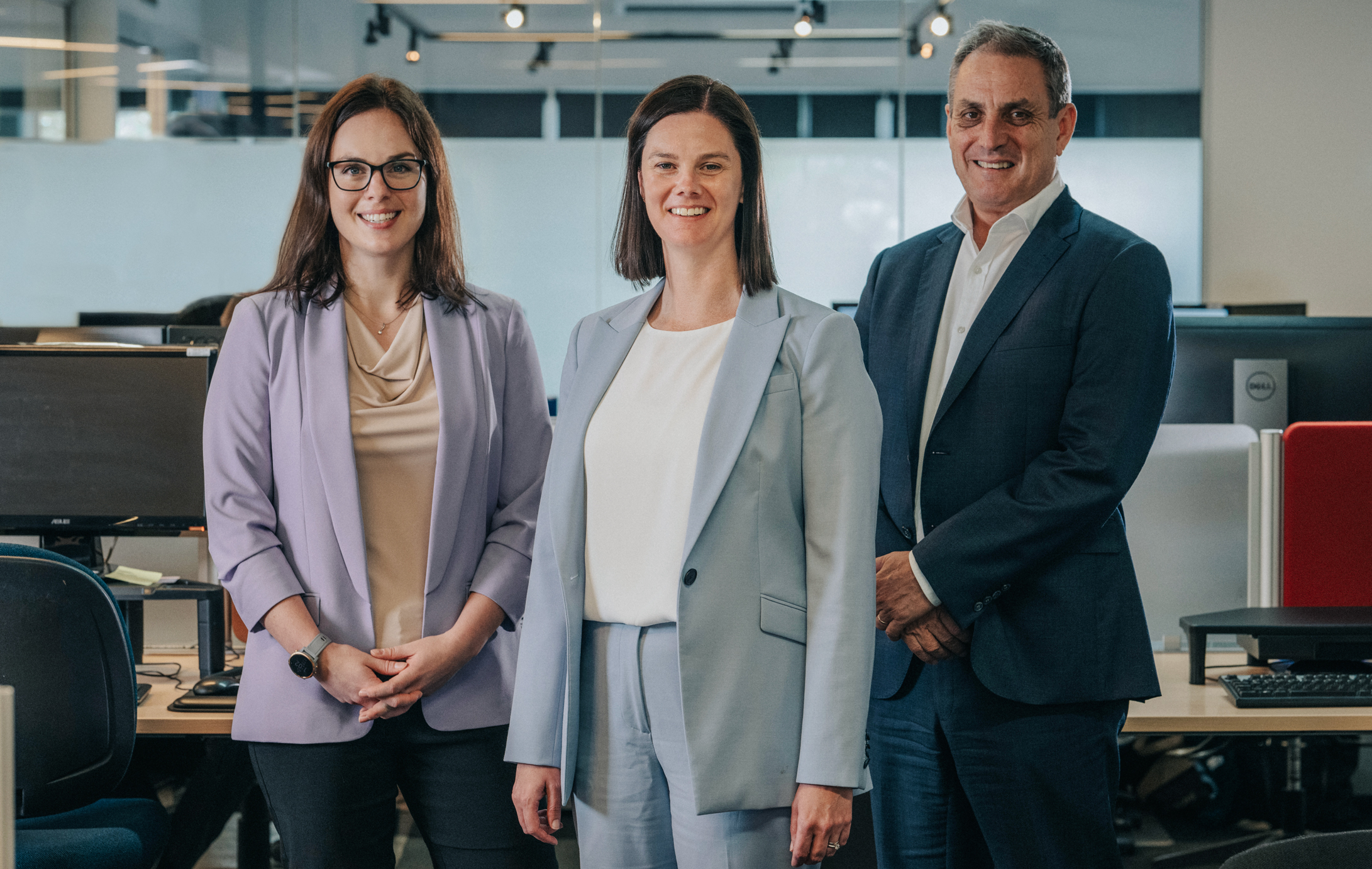Measuring and guiding culture change at a financial services company

Helping a financial services organisation understand their cultural challenges and create a safe, inclusive, and collaborative culture.
Summary/overview
This financial services company undertook a significant cultural transformation over a two-year period. Starting with a robust data collection to understand their current state and implementing a series of tailored interventions to transform their culture from male-dominated and siloed into a diverse and inclusive organisation.
Situation & Challenges
This financial services company initially reached out to People Solutions in 2022, asking for assistance in conducting an ‘Organisational Health Check’. The organisation had recently undergone a significant merger, as well as acquiring other smaller businesses. As they came out the other side of these series of transitions, leadership wanted to better understand the organisation’s current operating culture, what was working well, and what they needed to improve on and build into the future.
One of the challenges they were facing as a company included being spread across two locations, which created silos in communication and collaboration. Another significant challenge was the traditionally male-dominated nature of their industry and organisation, whereby there was very limited female representation in leadership and senior professional roles, instead, they were mostly represented within support roles. Given the industry’s recent focus on gender equity and women in finance, the organisation wanted to create a culture and workforce that was more diverse and representative of the organisation’s client base and environment.
Initial Solution
The Organisational Health Check commenced with a series of information sessions with all employees. These sessions demonstrated leaderships endorsement of and commitment to the culture change journey, and provided an opportunity for People Solutions to introduce ourselves, explain our role and re-iterate the confidentiality in the culture review process.
Following this. our robust data collection began by running a series of focus groups with employees across the business, around 90% of whom participated. These focus groups which were broken down by role level and work group, provided an opportunity to ensure all employees were given ‘a voice’. As independent facilitators we took a semi-structured approach, exploring key areas of organisational culture while allowing employees a chance to have articulate concerns and solutions, in a confidential environment. Employees were also given a channel to raise issues with our team offline outside of these sessions if there was anything they did not feel comfortable sharing in a group.
Following the focus groups, we ran an online survey to gather quantitative data around culture that supported focus group findings and allow for future action tracking and culture metrics in an objective manner. This survey also had a very high response rate, with a majority of employees participating. The high response rates for both focus groups and survey suggested that employee’s felt comfortable sharing their perspectives and saw the Organisational Health check as a productive starting point for culture change.
Key areas that we identified for improvement included creating greater awareness of and alignment with the organisation’s vision and goals, providing more consistent access to career development opportunities and greater recognition and acknowledgement of efforts, improving communication between departments, and addressing process and system issues.
We pulled the results of the survey and focus group into a comprehensive report for leaders and a one-page infographic for staff. We then presented the findings to the Board, including our recommendations and roadmap for changes they could implement to address employee concerns and create their desired culture. Senior leadership and HR were very supportive of the findings and keen to implement changes in line with the many other initiatives they were pursuing.
Follow-up 1.5 years later
The organisation approached People Solutions a year and a half later, wanting to repeat the process and reassess their culture, to understand how they were tracking against their culture strategy. They had implemented a number of initiatives since the first culture review, including moving all staff into a new office, becoming actively involved in broader industry movements to promote women in finance, as well as other recommendations from the previous report. These initiatives had seen them increase female representation in both their professional workforce and leadership roles.
We repeated the same process of focus groups and a survey, to gain a ‘snapshot’ of the culture. We also ran one focus group specifically for female employees to get an understanding as to how things had changed around gender representation in the workplace.
We repeated the same reporting process, including a comprehensive report for leaders, one-page infographic for staff, and Board presentation.
Result
We saw some very significant changes and improvements in cultural data between the two data collection points. Some of these included:
- Greater participation and representation of women in the organisation, as well as women having more promotion opportunities
- General employee satisfaction and satisfaction with the culture had improved significantly
- Social and corporate events were seen as positive contributors
- Significant improvements in diversity and openness
- Improvements in learning and development opportunities
- Better communication between departments
- Greater satisfaction with leadership
Key contributing factors included:
- A change in office location to bring everyone together in one building
- High level of CEO and Board commitment
- Strong commitment from HR in pushing for a new cultural identity
- Some employees with a more ‘old school’ style of thinking had retired or departed the business
- Having women in leadership positions
- Improving psychological safety
The company subsequently won industry awards for their efforts to support women in finance.



